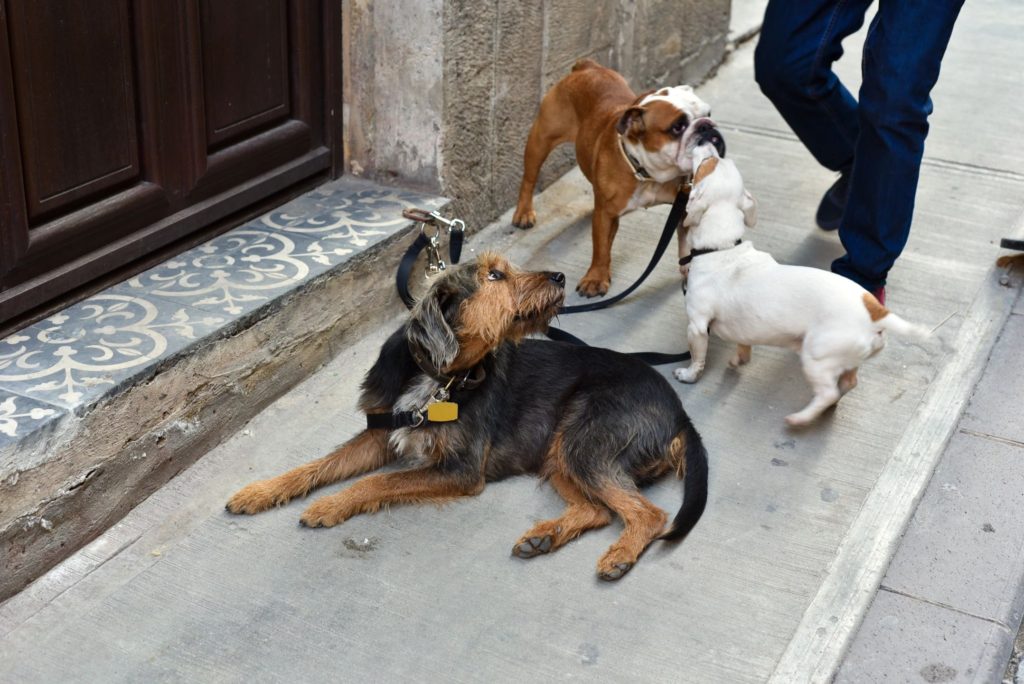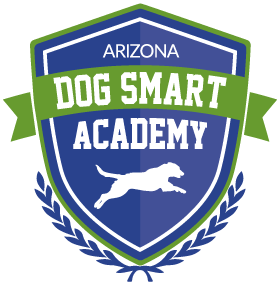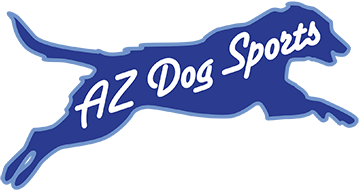 Dog Sociability – How to create it
Dog Sociability – How to create it
It seems to be a hot topic in social circles right now. The ins and outs and pros and cons of having dogs in places where people congregate. As dog people, we think this is a good thing. Honest and responsible discussions about subjects relating to the handling of dogs can only help create more synergy between neighbors.
So, why is it important for our dogs to be social? Aren’t they naturally social animals? Not necessarily. Social yes. Socially acceptable? Not all the time. We asked Jessa Parker, CPDT-KA to help us better understand what a good social dog is and ways we can have one too.
Here is what she had to say…
Create Positive Experiences With Other Dogs
A positive experience does not always mean a direct interaction with another dog.
It is good practice to let your new puppy or dog see other dogs, without going up to meet them. Puppy-playdates are still a great idea, but there will be many times when you spot another dog across the park without meeting them. Teaching your puppy or dog that it’s ok to see other dogs without interacting can help prevent leash reactivity later in life.
- Treat your puppy for seeing the other dog and staying calm. Then encourage your puppy to look back up at you for another reward. Continue this as you walk past the other dog.
- If your puppy is too young to walk on the ground, they can still be carried outside for short socialization experiences. If you know someone who can sew, you can even construct a puppy-sling out of some extra fabric. Be sure to bring puppy food or treats to reward them when they spot something new or meet a new human.
Puppy Playdates vs the Dog Park
A puppy playdate is like having some friends over for dinner. A dog park is like attending an outdoor music festival. There will be lots of strangers behaving in a variety of ways, not all of them polite.
- Keep any play session short and sweet. A quick playdate will be more successful than a long drawn out one. It is rare for dogs to tire out at exactly the same rate. Inevitably one of the dogs will get tired and want to rest. If the other playmate doesn’t let their friend rest, their friend is likely to get irritable. It is always ok to calmly remove your dog from the situation when they begin to get too tired or overwhelmed.
- Bring food and toy items to make sure it is a lot of fun for your dog. Its best to bring more than one kind of treat just in case you encounter something that is scary or overwhelming to your dog. Giving your dog treats while they are afraid won’t reward their fear, but if your dog refuses the food they are too fearful or too distracted. Walk away from the area until your dog can relax or refocus on you again. Only use food or toy items if you are confident your dog is not possessive of these things with other dogs present.
- Praise your dog for good interaction and encourage them to come “check-in” with you periodically. If you can use food, make fun sounds and call your dog when they are nearby and not actively playing. Give them a reward for coming to you, then send them off to play again. Before long, your dog should start coming to “check-in” all by themselves, reward periodically so it stays reliable.
Learn to Speak Dog
Dog body language is different from human’s in a few key areas.
It is a good idea to familiarize yourself with signs of stress in dogs. Keep in mind that stress isn’t always a bad thing, you can be stressed from excitement as well as fear. If your puppy cowers or wants to avoid meeting someone don’t force them to go up and interact. Instead back away until they begin to relax, then try using food to reward them for checking out this new person or object. You can put treats on the ground and have a human calmly hold a treat out for your puppy.
Try asking your dog if they want to meet a new person, rather than letting someone reach out and start petting. Have a new person hold their hand out or crouch near your puppy, but ask them to wait for your puppy to approach them first. Encourage new people to let your puppy sniff them and then pet your puppy under their chin rather than over their head. This will be less overwhelming and encourage your puppy to look up.
Sign Up for a Group Training Class
Did your parents sign you up for a sport or dance class as kid? Maybe they sent you to summer camp. Either way, the goal was to create a structured setting where you could meet other kids and learn some new skills. That’s a puppy obedience or puppy agility class for your four-legged kiddo. Adult dogs also often benefit from working in a group class setting. The American Kennel Club offers the Canine Good Citizen certification. You can take a course with your dog to prepare or find a local CGC evaluator to test your dog’s skills.
If obedience training isn’t your style, think outside the dog crate for a more interesting class or sport. Consider taking a class that appeals to your dog’s natural breed instincts. A herding breed might love the indoor sport of Treibball, while a hound could be super skilled at Scent Work or Barn Hunt.
We are always open to help your dog be more social!
Stop by and see our training classes.
12639 N. 48th St.
Phoenix, AZ 85032
Next door to Best Buy near Tatum & Cactus
Check us out anytime!



